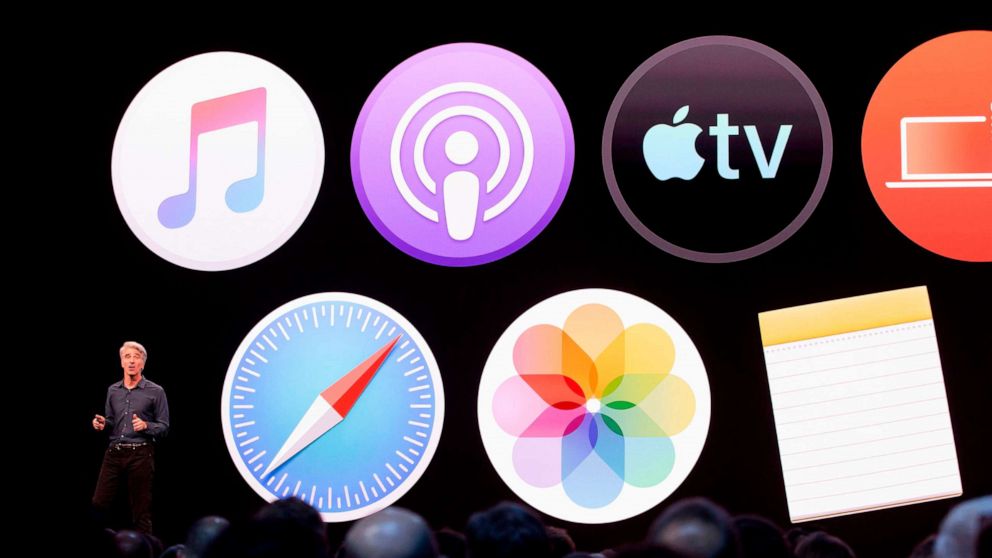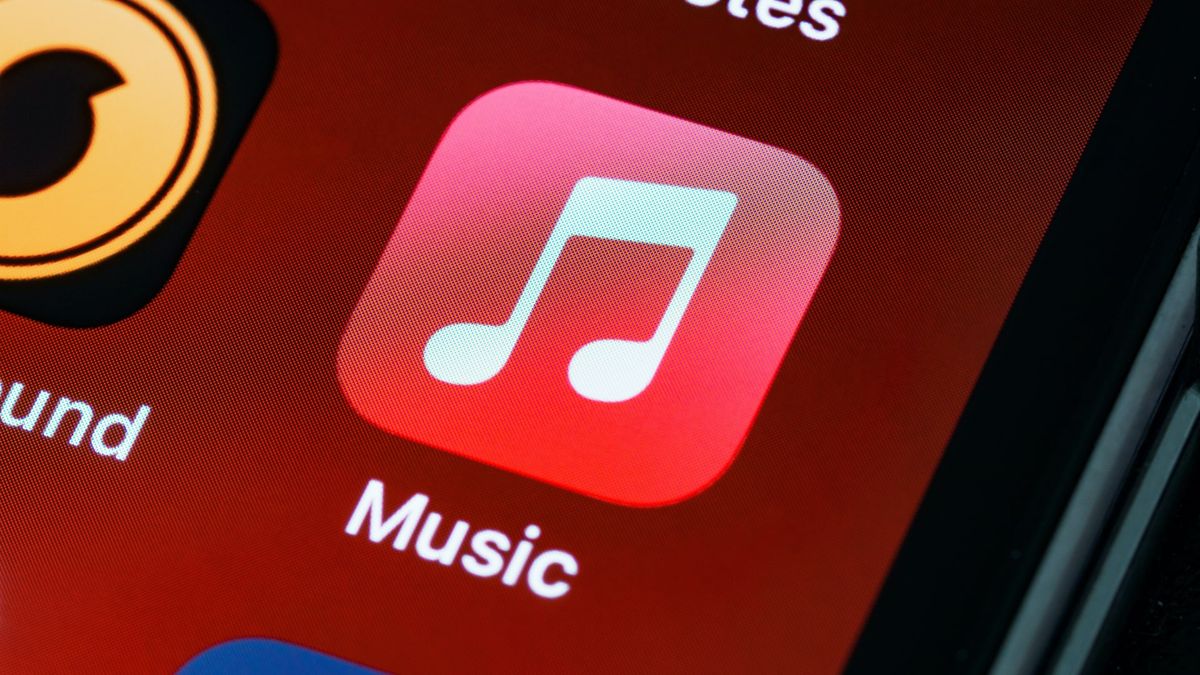From Icon to Obsolete: What Happened to Apple iTunes?
- iTunes went from must-have to memory—here’s the story behind why it vanished.
- Streaming services rewrote the rules, and iTunes couldn’t keep up.
- Apple dismantled iTunes for good in 2019, but is it truly gone?
For years, iTunes was the heart of Apple’s digital ecosystem—a comprehensive media player that redefined how people bought, stored, and managed their music. Launched in 2001 and expanded to Windows in 2003, iTunes not only allowed users to purchase songs for $0.99 each but also paved the way for the widespread use of digital media on iPods and later iPhones. Fast forward to 2019, Apple announced its decision to phase out the iconic platform with the release of macOS Catalina. So, what led to iTunes’ decline, and where does that leave users today?
 Photo via David Caldwell // Steve Jobs announcing iTunes in 2001.
Photo via David Caldwell // Steve Jobs announcing iTunes in 2001.
The Birth and Growth of iTunes
At its peak, iTunes was a revolutionary force in digital media. It wasn’t just a music player; it was an all-in-one hub that brought podcasts, movies, eBooks, and device management under one roof. For nearly two decades, it dominated as the primary way people consumed music and managed their digital libraries.
However, success came at a price. Over time, Apple layered on feature after feature, leading to what many users and tech analysts criticized as a "bloated" experience. The once-simple interface became cluttered, struggling to keep pace with the evolving media landscape.
Why iTunes Was Discontinued
The decision to end iTunes was a long time coming. By 2019, it was clear that the way people consumed music and media had fundamentally changed. The rise of streaming services, spearheaded by platforms like Spotify, reshaped the industry. The old model of buying individual tracks for download fell out of favor, replaced by subscription services that offered access to millions of songs at a flat monthly rate. Photo via ABC News // Goodbye iTunes. In 2019, Apple decided to split iTunes' functionalities and features into multiple new apps.
Photo via ABC News // Goodbye iTunes. In 2019, Apple decided to split iTunes' functionalities and features into multiple new apps.
As Apple shifted to embrace this new model, Apple Music—introduced in 2015—became the company's answer to streaming giants. Incorporating Apple Music into iTunes made the app even more cumbersome, blending the newer subscription model with the older purchase-and-download format.
Apple's solution came with macOS Catalina in 2019. iTunes was broken up into three dedicated apps: Apple Music, Apple TV, and Apple Podcasts. Each app took over a specific function that iTunes once housed, offering a more streamlined and focused experience. Meanwhile, device management capabilities, such as syncing iPhones and iPads, were shifted to Finder.
iTunes in 2024: Where Does It Stand?
While iTunes is long gone for Mac users, it still lingers on Microsoft Windows and older Mac operating systems. As of 2024, Windows users can still download and use iTunes to access their music libraries, podcasts, and movies. But there’s a catch: Apple has finally rolled out replacements for iTunes on Windows 10 and 11 in the form of the Apple Music, Apple TV, and Apple Devices apps, available through the Microsoft Store.
These new apps replicate the core functions of iTunes but with a modern touch:
- Apple Music: Stream songs, access music libraries, and manage playlists.
- Apple TV: Watch movies and TV shows, as well as access the Apple TV+ subscription service.
- Apple Devices: Sync music, movies, and data between a Windows PC and iOS devices, and manage device backups and restores.
However, there is still no dedicated Windows app for podcasts or audiobooks, leaving those functions tied to iTunes or alternative solutions.
Transitioning from iTunes to New Apps
Users making the shift from iTunes to the new apps should take note of a few key points:
- Complete Transition: To migrate fully, users must install all three apps. Installing only one won't allow iTunes to function independently.
- Retain Your Library: The new apps read the contents of your iTunes library, so it’s essential not to delete the iTunes Library folder.
- Authorization Required: Users need to authorize their Windows PC with their Apple ID to access iTunes Store purchases in the new apps.
Apple's advice on this transition is clear: Do not uninstall iTunes completely until you're sure the new apps meet your needs, especially if you use iTunes for podcasts and audiobooks.
Why Did iTunes Decline?
The demise of iTunes was inevitable. As Dave Johnson aptly noted, iTunes had become a "poorly organized, awkwardly designed, and increasingly bloated" piece of software. What once revolutionized digital media became a relic, unable to keep up with users’ demands for a simpler, more flexible experience. By 2016, streaming services had overtaken digital downloads in revenue, and Apple saw that iTunes’ future was limited.
Instead of redesigning the behemoth, Apple chose to dismantle it and refocus on dedicated, purpose-built apps that catered to modern consumption habits.
The Future Without iTunes
For Windows users, the end of iTunes is bittersweet. It’s the closing chapter of a beloved but flawed program that once defined an era of digital media. The introduction of Apple Music, Apple TV, and Apple Devices marks a clear path forward, embracing a streamlined user experience that aligns with today’s media habits.
 Photo via TechRadar // On the iPhone in 2024, most of iTunes features live on inside Apple Music.
Photo via TechRadar // On the iPhone in 2024, most of iTunes features live on inside Apple Music.
Yet, for those clinging to older versions of Windows, iTunes remains the go-to—albeit an increasingly outdated one. The release of standalone podcast and audiobook apps for Windows may be on the horizon, but until then, iTunes lingers as a reminder of a bygone era, both celebrated and criticized for what it brought to the world of digital media.
As we bid farewell to iTunes, it's worth remembering its legacy. It reshaped how we listened to music and set the stage for the modern media world we know today. The future may be fragmented into specialized apps, but it’s a future that promises greater simplicity and efficiency—two qualities iTunes eventually lost along the way.
Recommended by the editors:
Thank you for visiting Apple Scoop! As a dedicated independent news organization, we strive to deliver the latest updates and in-depth journalism on everything Apple. Have insights or thoughts to share? Drop a comment below—our team actively engages with and responds to our community. Return to the home page.Published to Apple Scoop on 4th November, 2024.
No password required
A confirmation request will be delivered to the email address you provide. Once confirmed, your comment will be published. It's as simple as two clicks.
Your email address will not be published publicly. Additionally, we will not send you marketing emails unless you opt-in.